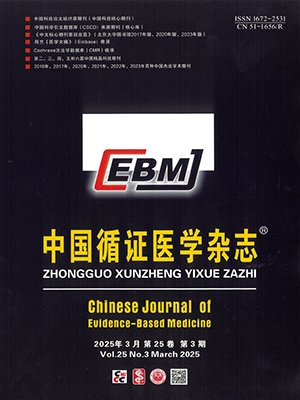| 1. |
Nastri CO, Ferriani RA, Rocha IA, et al. Ovarian hyperstimulation syndrome:pathophysiology and prevention. J Assist Reprod Genet, 2010, 27(2-3):121-128.
|
| 2. |
Delvigne A, Rozenberg S. Review of clinical course and treatment of ovarian hyperstimulation syndrome (OHSS). Hum Reprod Update, 2003, 9(1):77-96.
|
| 3. |
McClure N, Healy DL, Rogers PA, et al. Vascular endothelial growth factor as capillary permeability agent in ovarian hyperstimulation syndrome. Lancet, 1994, 344(8917):235-136.
|
| 4. |
Morris RS, Wong IL, Kirkman E, et al. Inhibition of ovarianderived prorenin to angiotensin cascade in the treatment of ovarian hyperstimulation syndrome. Hum Reprod, 1995, 10(6):1355-1358.
|
| 5. |
Delbaere A, Bergmann PJ, Gervy-Decoster C, et al. Prorenin and active renin concentrations in plasma and ascites during severe ovarian hyperstimulation syndrome. Hum Reprod, 1997, 12(2):236-240.
|
| 6. |
Tamarat R, Silvestre JS, Durie M, et al. Angiotensin II angiogenic effect in vivo involves vascular endothelial growth factor-and inflammation related pathways. Lab Invest, 2002, 82(6):747-756.
|
| 7. |
Ortiz-Capisano MC, Ortiz PA, Harding P, et al. Decreased intracellular calcium stimulates renin release via calcium-inhibitable adenylyl cyclase. Hypertension, 2007, 49(1):162-169.
|
| 8. |
Gurgan T, Demirol A, Guven S, et al. Intravenous calcium infusion as a novel preventive therapy of ovarian hyperstimulation syndrome for patients with polycystic ovarian syndrome. Fertil Steril, 2011, 96(1):53-57.
|
| 9. |
Higgins J, Green S. Cochrane handbook for systematic reviews of interventions version 5.1.0[updated March 2011]. The Cochrane Collaboration, 2011. Available at:http://www.cochrane-handbook.org.
|
| 10. |
Dmitrieva NV, Yakovenko SA, Zorina IV, et al. Comparison of calcium gluconate and starch solution in treatment of ovarian hyperstimulation syndrome. Reprod Biomed Online, 2010, 20(suppl 3):S41.
|
| 11. |
Naredi N, Karunakaran S. Calcium gluconate infusion is as effective as the vascular endothelial growth factor antagonist cabergoline for the prevention of ovarian hyperstimulation syndrome. J Hum Reprod Sci, 2013, 6(4):248-252.
|
| 12. |
崔娜, 许月明, 郝桂敏, 等.静脉钙剂在卵巢过度刺激综合征高危患者中的临床应用.实用妇产科杂志, 2014, 30(10):772-775.
|
| 13. |
El-Khayat W, Elsadek M. Calcium infusion for the prevention of ovarian hyperstimulation syndrome:a double-blind randomized controlled trial. Fertil Steril, 2015, 103(1):101-105.
|
| 14. |
范燕宏, 邹君兰, 乔杰, 等.葡萄糖酸钙与万汶对预防卵巢过度刺激综合征的随机对照研究.中国妇产科临床杂志, 2015, 16(3): 233-236.
|
| 15. |
Boothroyd C, Karia S, Andreadis N, et al. Consensus statement on prevention and detection of ovarian hyperstimulation syndrome. Aust N Z J Obstet Gynaecol, 2015, 55(6):523-534.
|
| 16. |
Beierwaltes WH. The role of calcium in the regulation of renin secretion. Am J Physiol Renal Physiol, 2010, 298(1):F1-11.
|




